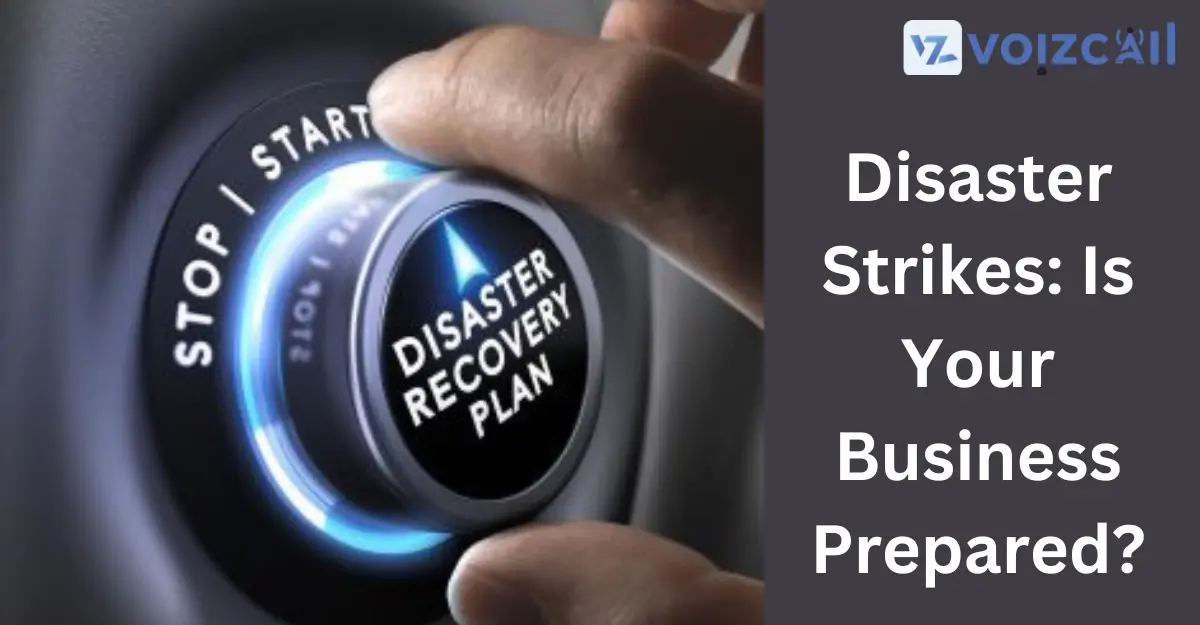


06/Mar/2024
In the unpredictable realm of business, being prepared for disasters is not an option but a necessity. Whether it's a natural calamity, a cyberattack, or any unforeseen event, having a robust disaster preparedness plan can make the difference between survival and significant setbacks.
1. Risk Assessment:
Begin by conducting a comprehensive risk assessment. Identify potential threats and vulnerabilities specific to your business, considering geographical location, industry, and infrastructure.
2. Communication Strategy:
Establish a clear communication strategy to ensure that all stakeholders, including employees, customers, and suppliers, are informed promptly in the event of a disaster. Utilize multiple communication channels for redundancy.
3. Data Backup and Recovery:
Implement a robust data backup and recovery plan. Regularly back up critical business data and ensure that the recovery process is tested and verified. Cloud-based solutions offer secure and accessible data storage.
4. Remote Work Protocols:
Given the rise of remote work, create and test protocols for employees to work from home seamlessly. Ensure they have access to essential tools, resources, and communication channels, allowing business operations to continue even during disruptions.
5. Insurance Coverage:
Review and update your insurance coverage to ensure it aligns with potential risks. This includes coverage for property damage, business interruption, and cybersecurity incidents. Regularly communicate with your insurance provider to stay informed about policy changes and updates.
6. Employee Training:
Educate employees on disaster response protocols. Conduct regular training sessions to ensure they are familiar with evacuation plans, emergency contacts, and their roles during a crisis. Well-prepared employees can significantly contribute to a smoother recovery process.
7. Collaboration with Authorities:
Establish relationships with local authorities and emergency services. Collaborate on disaster response plans and stay informed about local disaster management protocols. This collaboration ensures a coordinated and efficient response in times of crisis.
8. Regular Testing and Updates:
Periodically test your disaster preparedness plan to identify gaps and weaknesses. Update the plan based on these tests and any changes in your business operations or external factors.
9. Financial Resilience:
Maintain financial resilience by having contingency funds set aside. This financial buffer can help cover unexpected expenses and sustain the business during challenging times.
Conclusion:
Disasters are unpredictable, but your business's response need not be. By meticulously preparing for the unexpected, you not only safeguard your business's continuity but also enhance its resilience in the face of adversity. Regularly review and update your disaster preparedness plan to adapt to evolving risks and ensure your business is ready to weather any storm.